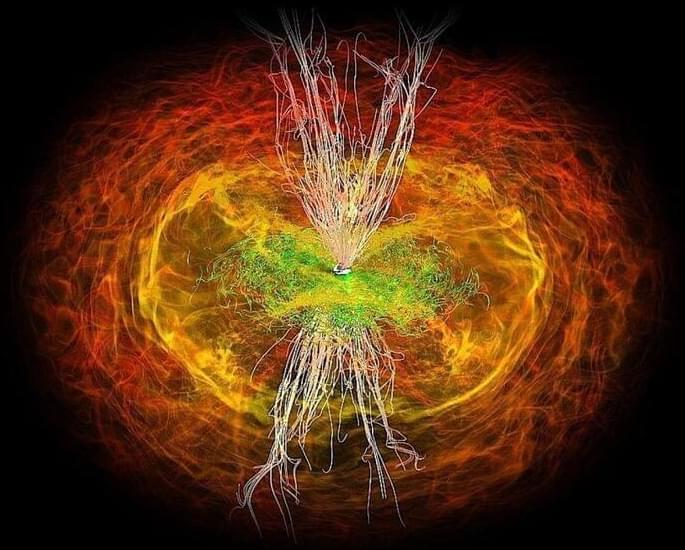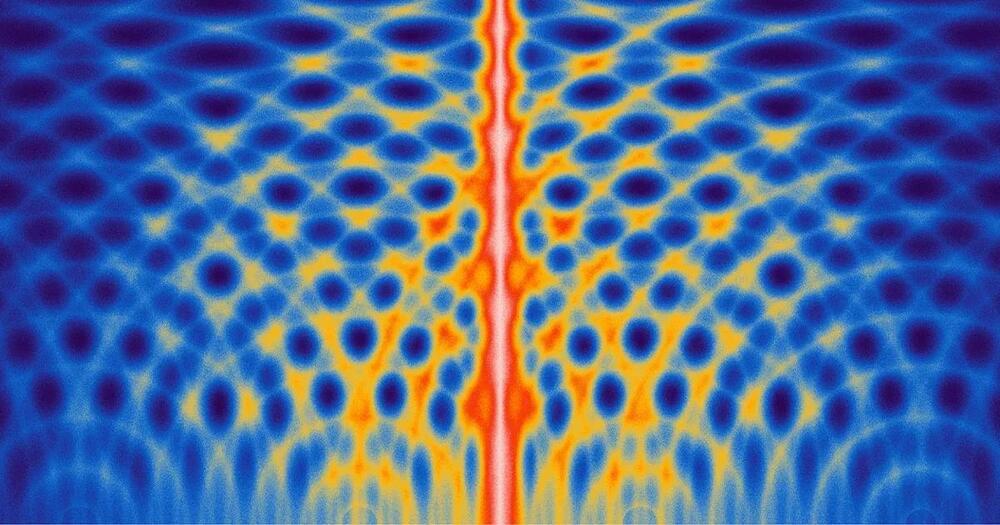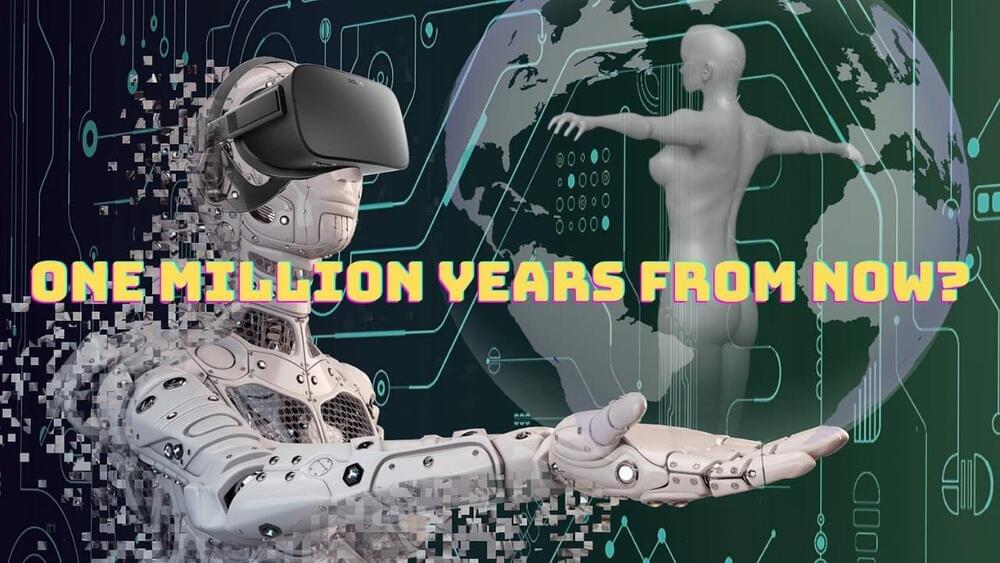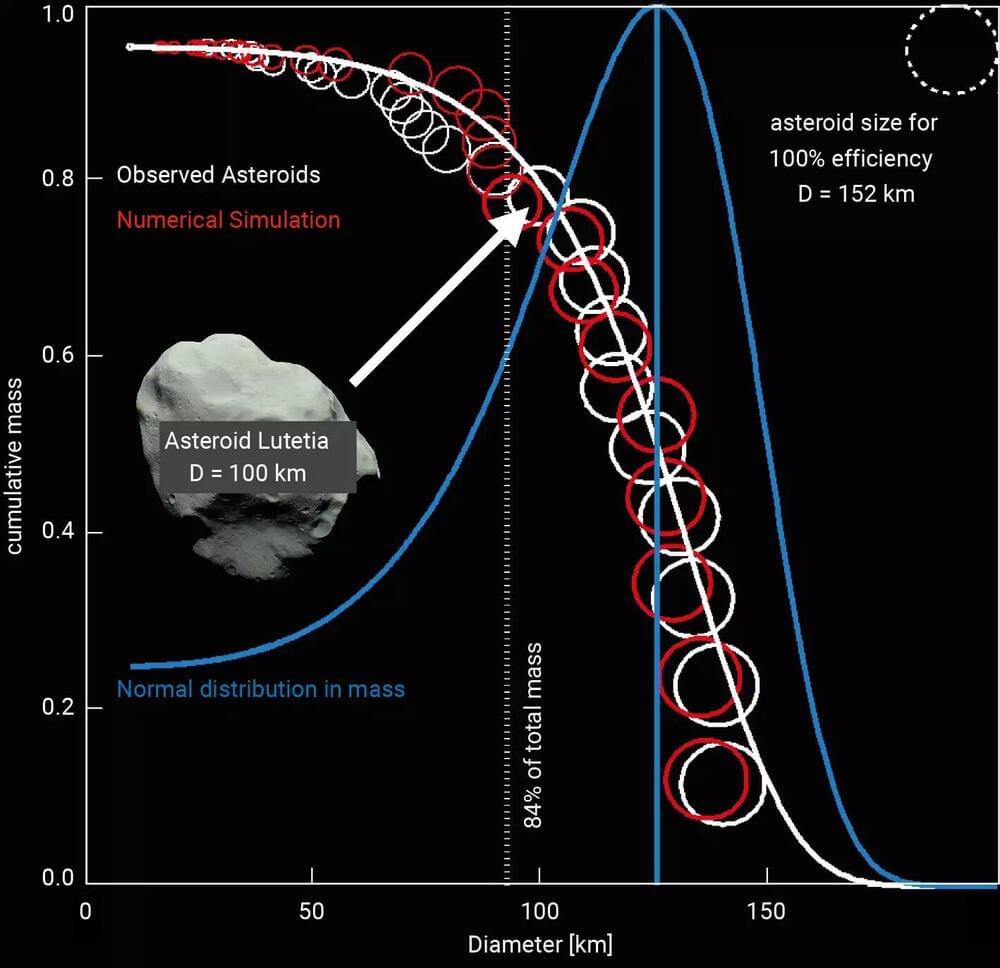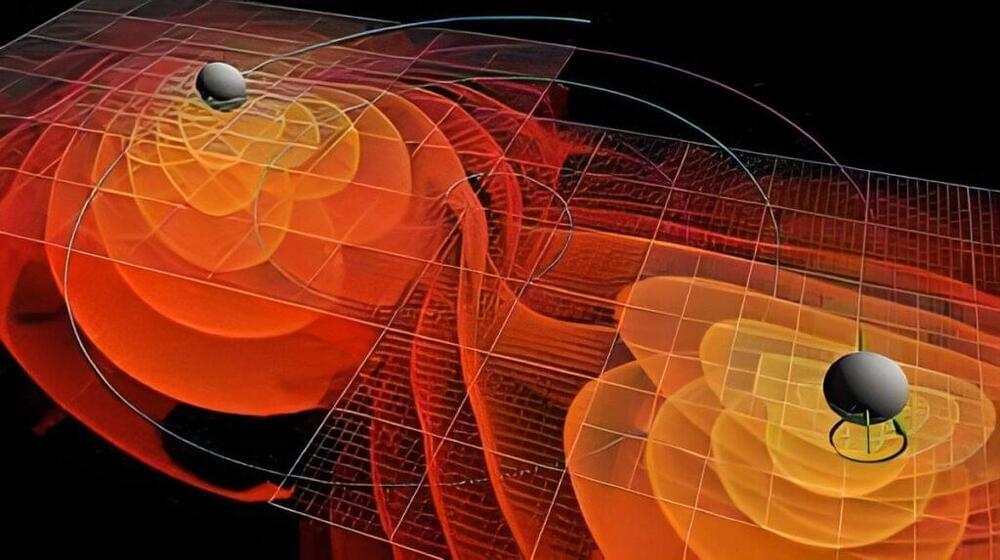
One of Stephen Hawking’s most famous ideas has been proven to be right thanks to the ripples in space-time that were caused when two black holes far away merged. Hawking got the black hole area theorem from Einstein’s theory of general relativity in 1971. It says that a black hole’s surface area can’t go down over time. The second law of thermodynamics says that the entropy, or disorder, of a closed system must always go up. This rule is important to physicists because it seems to tell time to go in a certain direction. Since a black hole’s entropy is related to its surface area, both must always go up.
According to the new study, the fact that the researchers confirmed the area law seems to show that the properties of black holes are important clues to the hidden laws that run the universe. Surprisingly, the area law seems to go against one of the famous physicist’s proven theorems, which says that black holes should evaporate over very long periods of time. This suggests that figuring out why the two theories don’t match up could lead to new physics.
“The surface area of a black hole can’t get smaller, which is similar to the second law of thermodynamics. It also has a conservation of mass, which is similar to the conservation of energy, said the lead author, an astrophysicist from the Massachusetts Institute of Technology named Maximiliano Isi. ” At first, people were like, ‘Wow, that’s a cool parallel,’ but we quickly figured out that this was very important. The amount of entropy in a black hole is equal to its size. It’s not just a funny coincidence; they show something important about the world.” The event horizon is the point beyond which nothing, not even light, can get away from a black hole’s strong gravitational pull. Hawking’s understanding of general relativity is that a black hole’s surface area goes up as its mass goes up. Since nothing that falls into a black hole can get out, its surface area can’t go down.
